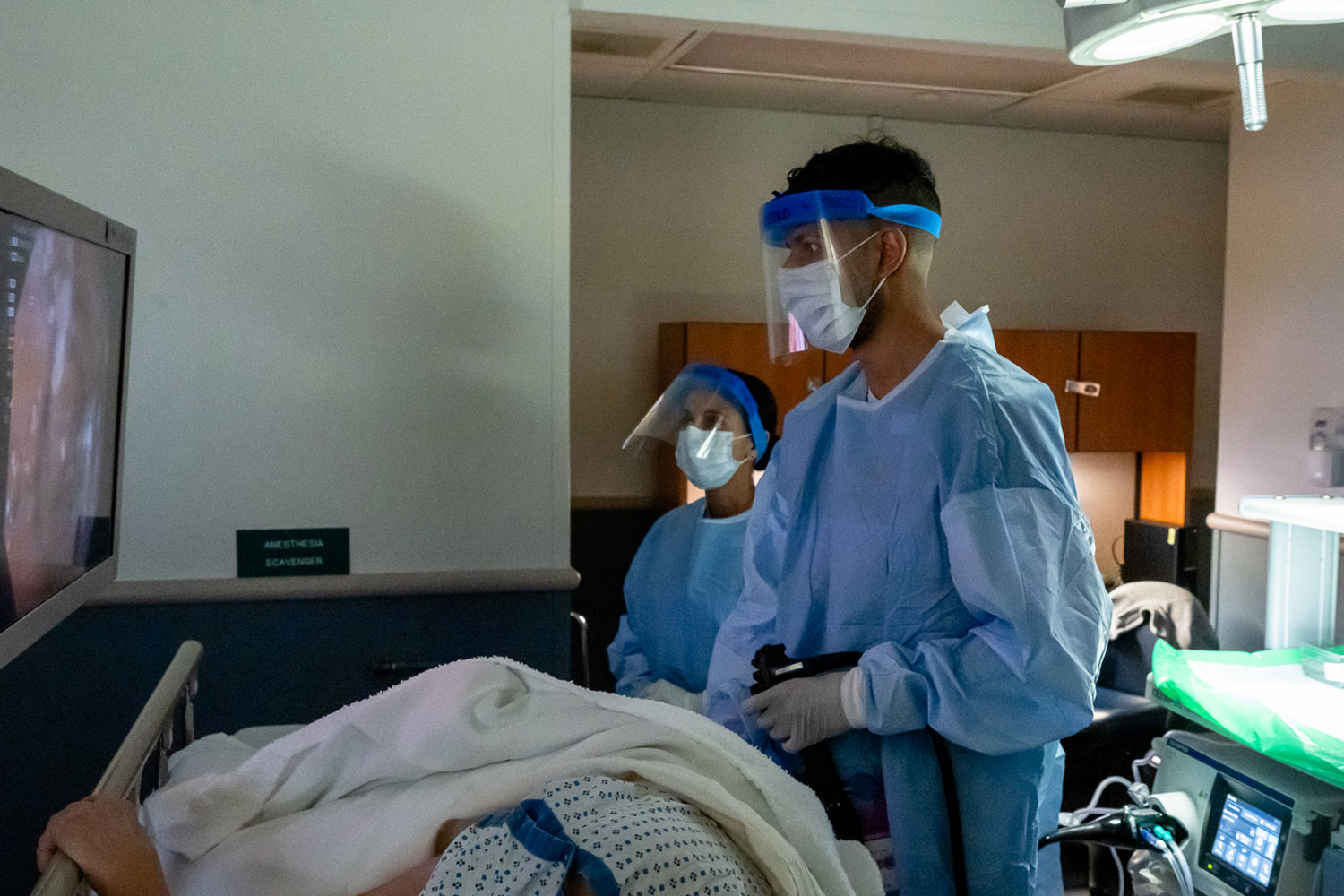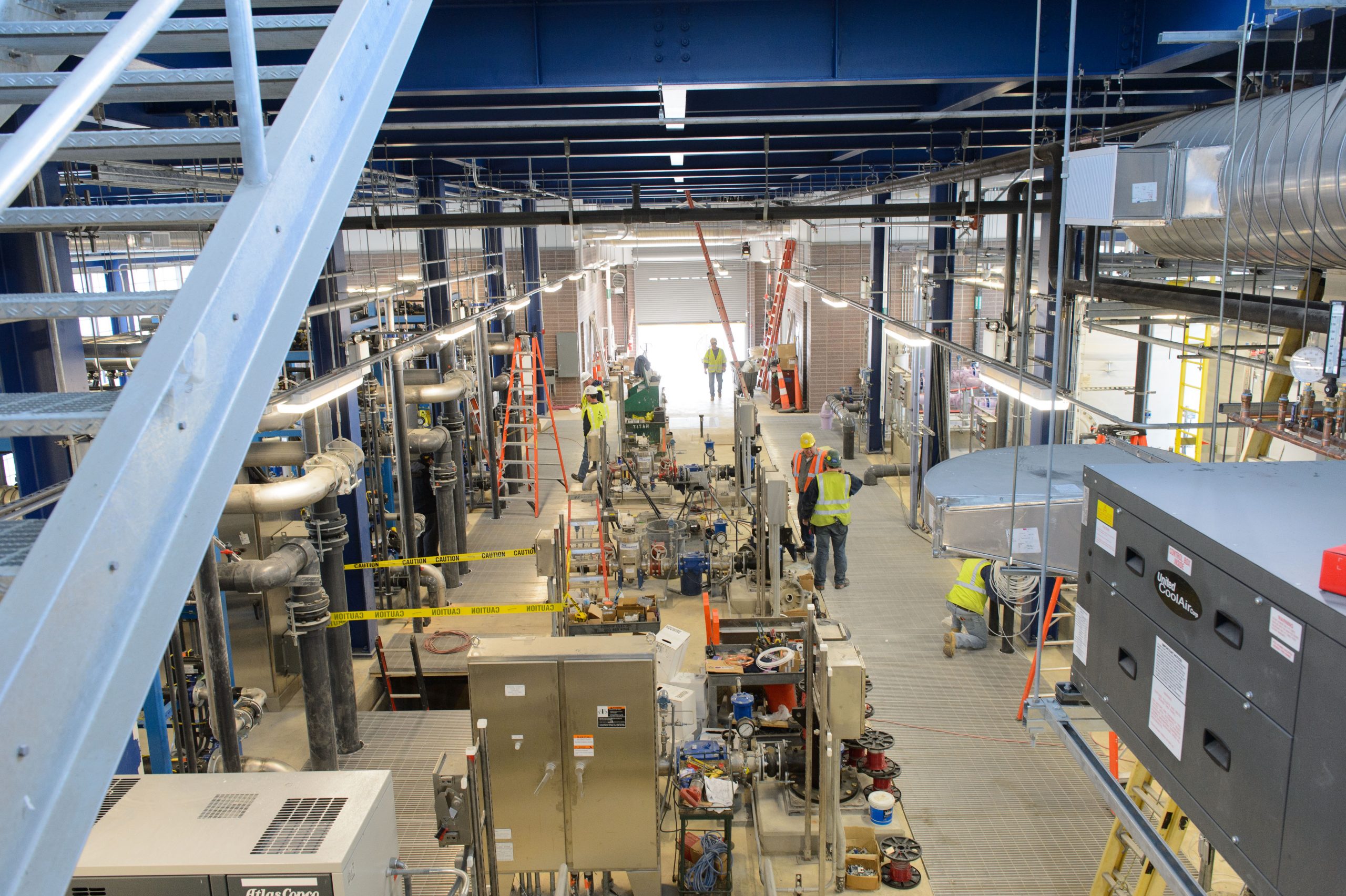
By Colin Poitras – UConn Communications
This story originally appeared in UConn Today
Construction of the Innovation Partnership Building or IPB in Storrs marks a new milestone in UConn’s legacy as a leading public research university. The $132 million building located in north campus will provide researchers access to 115,000 square feet of state-of-the-art research space and $40 million worth of specialized equipment. The IPB will serve as an anchor for UConn’s future Technology Park and will be a focal point for ongoing and future research partnerships between UConn scientists and some of Connecticut’s – and the nation’s – leading businesses and industries.
The executive director of the UConn Tech Park is Radenka Maric, CT Clean Energy Fund Professor of Sustainable Energy and professor in the Department of Chemical and Biomolecular Engineering. She recently discussed the new building and what it means for the University and the state of Connecticut with UConn Today.
Q: How is the Innovation Partnership Building going to be different from other research buildings on campus?
A: We are working with major Connecticut industries to probe their particular needs so that when the IPB opens in 2017, the University and its faculty will be able to provide the essential equipment and expertise those industries need to move their technologies forward. This facility is going to have state-of-the-art research capabilities, like the UConn-FEI Center for Advanced Microscopy and Materials Analysis. There is no university in the country that will have such a portfolio of equipment with such capability. That was a strategic decision on our part as to the kind of equipment we wanted to put in the IPB, and the research we can do. We are going to look for tenants and partners who strategically align with our research strengths and UConn’s existing research centers, so we can build a consortium of research clusters for different industries.
Q: What are some of the primary areas you envision for research clusters within the IPB and Tech Park?
A: Some of the core anchors for the Tech Park will come from facilities that already exist at the University, such as the Pratt & Whitney Additive Manufacturing Innovation Center, Eversource Energy Center, UTC Institute for Advanced Systems Engineering, Comcast Center of Excellence for Security Innovation, Fraunhofer Center for Energy Innovation, and the UTAS/UConn Center for Advanced Materials. We are currently considering expanding into other research areas, such as digital manufacturing and robotics. Eventually, we would like to see UConn host a large national research hub such as those currently supported by the National Science Foundation, Department of Energy, and other federal agencies and organizations.
Q: How will the IPB support entrepreneurship?
A: Our goal is to enhance what already exists through UConn’s Technology Incubation Program or TIP. When TIP companies grow out of their incubator space and are ready to move on to the next level, we hope to be able to provide space for them within the Tech Park. We also expect to receive interest from entrepreneurial companies outside of campus. For instance, if Pratt & Whitney is a strategic partner, we might look at other smaller and medium-sized companies that are doing innovative aerospace research to create a larger strategic innovation partnership. Our focus is always going to be on cutting-edge research.
Q: Are there any other facilities like this?
A: There are a number of research centers and technology parks across the country that are mostly focused on the needs of the region and state in which they operate. The State University of New York at Albany, for instance, is focused on nanomaterials. We will be focusing on aerospace, additive manufacturing, and other areas designed to support Connecticut companies. But we are also looking to position ourselves so we are not just another tech park. We want to have unique tools and capabilities that no one else has in the region. We believe these kinds of resources will help us attract companies from areas like Boston and New York, and not just Connecticut. We also expect we will work with researchers from places like MIT, Harvard, and Yale University, because our capabilities will make us an attractive partner.
Q: Sounds like the new UConn IPB and Tech Park will be a research destination for universities and companies across the country?
A: We want this to be a vibrant facility that attracts people from the Northeast to the West Coast.
Q: Will the IPB feature shared research space?
A: It will have a number of common areas. We want people to interact. We want people to sponsor workshops. We are going to put great emphasis on communications and marketing. We want everyone within the University to know what the IPB and Tech Park is about. We want to unify the University, not separate it among different schools. We anticipate that researchers from different schools and colleges will work together. For instance, scientists in the Biomedical Engineering Department or Department of Molecular and Cell Biology may work closely with researchers from UConn Health. It’s a natural partnership.
We are also going to market the Tech Park around the region and the country. We plan to visit companies, universities, and research centers in places like Boston, New York, and around Connecticut to let them know what we have to offer and invite them to come here for research. The equipment will be available to companies through a fee-for-service arrangement. We are not, however, going to put ourselves in a position where we say to our faculty that our machines are so busy that there is no time for you to do cutting-edge research. Our faculty, TIP companies, and Connecticut companies are definitely going to be supported.
Q: How will the Tech Park/IPB partnerships work?
A: We are looking for partners that will help us build specific research clusters as part of a consortium model. We believe that if we can bring more faculty and more companies together on collaborative projects, we can improve our chances of receiving substantial funding for research projects that can last as long as five to 10 years. We want to grow our faculty; we want to grow our students; and we want to grow the portfolios of companies that are associated with the UConn Tech Park. We cannot do it alone.
Q: What is UConn’s reputation for research?
A: UConn is definitely known for its Institute of Materials Sciences. We have many exceptional faculty. Just this year alone, I have been invited to be the keynote speaker at six conferences around the world. And it’s not only me. I know many of my colleagues have received similar invitations. Since I joined UConn’s faculty in 2010, I’ve seen a tremendous amount of energy put in to making UConn better. I see great opportunities for our professors. I see great opportunities for our students. We will have plenty of training areas for students and this will help them develop the critical skills they need to secure high-paying jobs. With the new capabilities made possible through the IPB and Tech Park, we are going to provide our faculty and students the tools they need to be even more successful. This is an amazing opportunity for UConn to put itself on the map.
Q: Are public-private research partnerships more important today in terms of securing funding than they have been in the past?
A: I think that collaboration is going to become the model of the future for scientists. The national research budget has not been growing for the past 10 years. So people are looking for strategic partnerships to be successful. The research centers that are moving to the Tech Park highlight our strengths. These are strategic areas for UConn and they are strategic areas for Connecticut industry. To be successful in obtaining large grants, we need to show we have the critical mass to lead. That is why it is important for us to identify potential partners like Harvard, the University of Maryland, or Rutgers University now, and to start working with them in order to present that we have working collaborations in place. This is where we are going to be strategic.
Q: It sounds like investing in the IPB and UConn Tech Park will only bolster our chances for future collaborations and major research grants. Do you think it will help grow our national reputation for research?
A: I was recently in Washington, D.C. at a meeting, and I mentioned to people from the National Renewable Energy Laboratory (NREL) what UConn was planning for the Tech Park. Their first reaction was, ‘Radenka can you come and present this information at NREL?’ And that’s a huge national lab. We need to be doing more of that, going out and telling people what our new Tech Park facility is and how it is different from everything else that is out there, and how important it is for the objectives of fundamental and applied science. If we do that well, then we can be successful.


